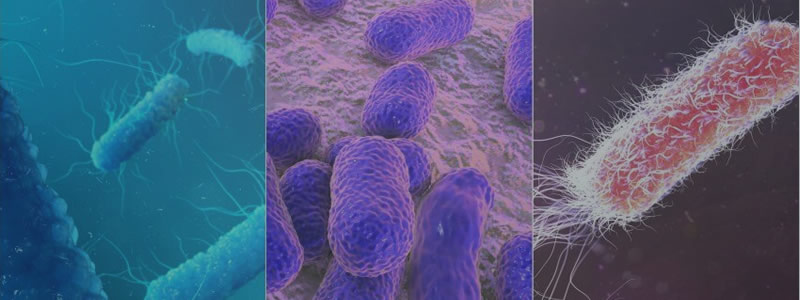UVC Technology
Kill Pathogens Effectively

COVID-19 - There is currently an outbreak of respiratory disease caused by a novel coronavirus. The virus has
been named “SARS-CoV-2” and the disease it causes has been named “Coronavirus Disease 2019” (COVID-19). On January 31, 2020, HHS issued a declaration of a public health emergency
related to COVID-19 and mobilized the Operating Divisions of HHS.1 In addition, on March 13,
2020, the President declared a national emergency in response to COVID-19.2
SARS-CoV-2 has demonstrated the capability to spread rapidly, leading to significant impacts on
health care systems and causing societal disruption. The potential public health threat posed by
COVID-19 is high, both globally and to the United States. To respond effectively to the COVID-19
outbreak, appropriate clinical management and infection control in conjunction with implementation
of community mitigation efforts are critical.
FDA believes the policy set forth in this guidance will help address these urgent public health
concerns by helping to increase the availability of sterilizers, disinfectant devices, and air purifiers
during this public health emergency. Increased access to these devices may facilitate rapid
turnaround of sterilized or disinfected medical equipment and reduce the risk of viral exposure for patients and health care providers to SARS-CoV-2.
UV disinfecting devices are devices that use UVA or UVC light to produce a germicidal effect. They
are intended to augment disinfection of health care environmental surfaces after manual cleaning has
been performed. UV disinfecting devices include UV radiation chamber disinfection devices, which
are regulated as Class II devices under 21 CFR 880.6600 (product code OSZ).8
The Hands Free UVC is classified by the FDA as a CFR 880.6600 Ultraviolet (UV) radiation chamber disinfection device.
(a) Identification. An ultraviolet (UV) radiation chamber disinfection device is intended for the low-level surface disinfection of non-porous equipment surfaces by dose-controlled UV irradiation. This classification does not include self-contained open chamber UV radiation disinfection devices intended for whole room disinfection in a health care environment. (b) Classification—Class II (special controls). The special controls for this device are:
(1) Performance testing must demonstrate the following: (i) The chamber’s ability to control the UV radiation dose during operation. (ii) The chamber’s disinfection performance through microbial challenge testing. (iii) Evidence that the equipment intended to be processed is UV compatible. (iv) Validation of the cleaning and disinfection procedures. (v) The ability of the device to continue to perform to all specification after cleaning and disinfection. (vi) Whether the device generates ozone (if so, 21 CFR 801.415, Maximum acceptable level of ozone, applies).
(2) Appropriate software verification, validation, and hazard analysis must be performed. (3) Appropriate analysis and/or testing must validate electrical safety, mechanical safety, and electromagnetic compatibility of the device in its intended use environment.
(4) The labeling must include: (i) UV hazard warning labels. (ii) Explanation of all displays and/or labeling on user interface. (iii) Explanation of device safety interlocks. (iv) Explanation of all disinfection cycle signals, cautions and warnings. (v) Device operating procedures. (vi) Identification of the expected UV lamp operational life and instructions for procedures on replacement of the UV lamp when needed. (vii) Procedures to follow in case of UV lamp malfunction or failure. (viii) Procedures for disposing of mercury-containing UV lamps, if applicable. (ix) Identification of specific equipment that is compatible with the UV radiation dose generated by the device and that can safely undergo UV radiation low-level disinfection in the chamber device. (x) Description of the required preparation of equipment for disinfection in the UV radiation chamber device. (xi) Identification of the specific microbes used in successful performance testing of the device. (xii) Validated instructions for cleaning and disinfection of the device. [80 FR 72588, Nov. 20, 2015]
The Hands Free UVC has not been formally tested by the FDA although this device does comply within the guidelines set forth by the FDA COVID-19 Emergency Use Authorizations (EUA).
Link to CFR 880.6600